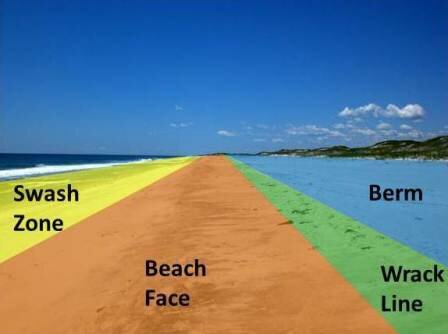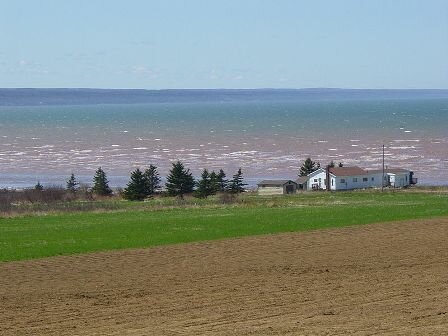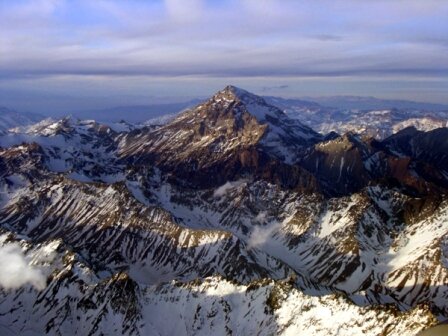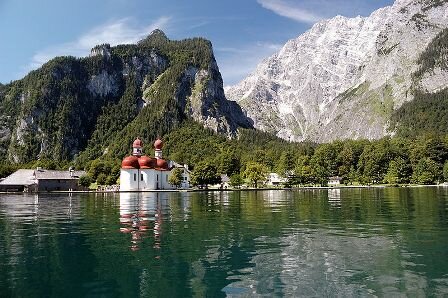Those who really love to visit a beautiful place with beautiful scenery might have wanted to read further one of these following facts about the Blue Mountains in New South Wales, Australia. The Blue Mountains is a mountainous region in New South Wales, Australia and borders on Sydney’s metropolitan area. Its foothills start about 50 kilometers west of the state capital. The public’s understanding of the extent of the Blue Mountains is varied, as it forms only part of an extensive mountainous area associated with Great Dividing Range. For further information, below are some other facts about the Blue Mountains you might like.
Facts about the Blue Mountains 1: Borders
Officially the Blue Mountains is bounded by the Nepean and Hawkesbury Rivers in the east, the Coxs River and Lake Burragorang to the west and south, and the Wolgan and Colo Rivers to the north.Geologically, it is situated in the central parts of the Sydney Basin.
Facts about the Blue Mountains 2: World Heritage Site
the highest point in the broader region once considered to be the Blue Mountains is Mount Bindo, elevation 1,362 m (4,469 ft).A large part of the Blue Mountains is incorporated into the Greater Blue Mountains Area World Heritage Site, consisting of seven national park areas and a conservation reserve.
Facts about the Blue Mountains 3: Government Areas
The Blue Mountains area includes the local government areas of the City of Blue Mountains, the City of Hawkesbury, the City of Lithgow and Oberon Shire.
Facts about the Blue Mountains 4: Name
The name Blue Mountains, however, was preferredand is derived from the blue tinge the range takes on when viewed from a distance. The tinge is believed to be caused by mie scattering which occurs when incoming ultraviolet radiation is scattered by particles within the atmosphere creating a blue-greyish colour to any distant objects, including mountains and clouds.
Facts about the Blue Mountains 5: Physiography
The Blue Mountains area is a distinct physiographic section of the larger Hunter-Hawkesbury Sunkland province. This is in turn a part of the larger East Australian Cordillera physiographic division.
Facts about the Blue Mountains 6: World Heritage Listing
The Greater Blue Mountains Area was unanimously listed as a World Heritage Area by UNESCO on 29 November 2000, becoming the fourth area in New South Wales to be listed. The area totals roughly 10,000 square kilometres (3,900 sq mi), including the Blue Mountains, Kanangra-Boyd, Wollemi, Gardens of Stone, Yengo, Nattai and Thirlmere Lakes National Parks, plus the Jenolan Caves Karst Conservation Reserve.
Facts about the Blue Mountains 7: Faune
The Greater Blue Mountains Area is inhabited by over 400 different forms of animals. Among them are rare mammal species like Spotted-tailed Quoll, the Koala, the yellow-bellied glider, and Long-nosed potoroo. There are also some rare reptiles, like the Blue Mountains Water Skink.
Facts about the Blue Mountains 8: Katoomba Scenic Railway
The Katoomba Scenin Railway, was said to be the steepest railway in the world according to the Guiness World Records, and originally part of the Katoomba mining tramways constructed between 1878 and 1900. The cable railway line descends 415 metres through sandstone cliffs, via a rock tunnel with a maximum gradient of 52 degrees.
Facts about the Blue Mountains 9: Flora
The predominant natural vegetation of the higher ridges is eucalyptus forest. Heath-like vegetation is present on plateau edges above cliffs. The sheltered gorges often contain temperate rainforests. There are also many hanging swamps with button grass reeds and thick, deep black soil.
Facts about the Blue Mountains 10: Disaster
The main natural disasters to afflict the area are bush fires and severe storms. In recent years the lower mountains have been subjected to a series of bush fires which have caused great loss of property but relatively little loss of life.
Hope you would find those Blue Mountains facts really interesting, useful and helpful for your additional reading.









